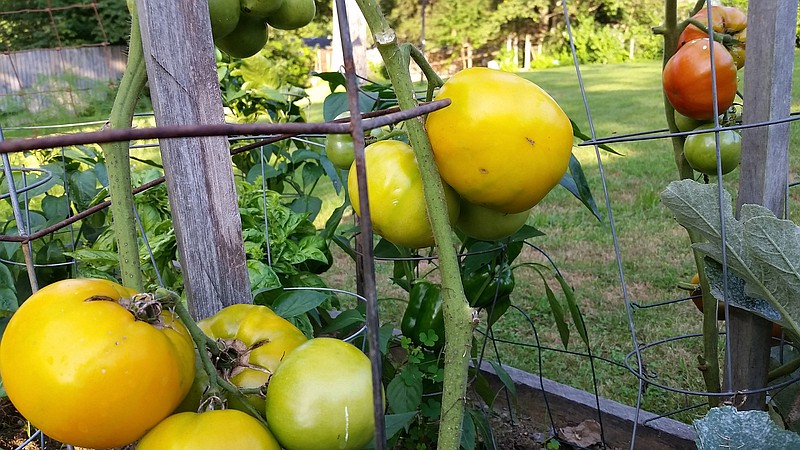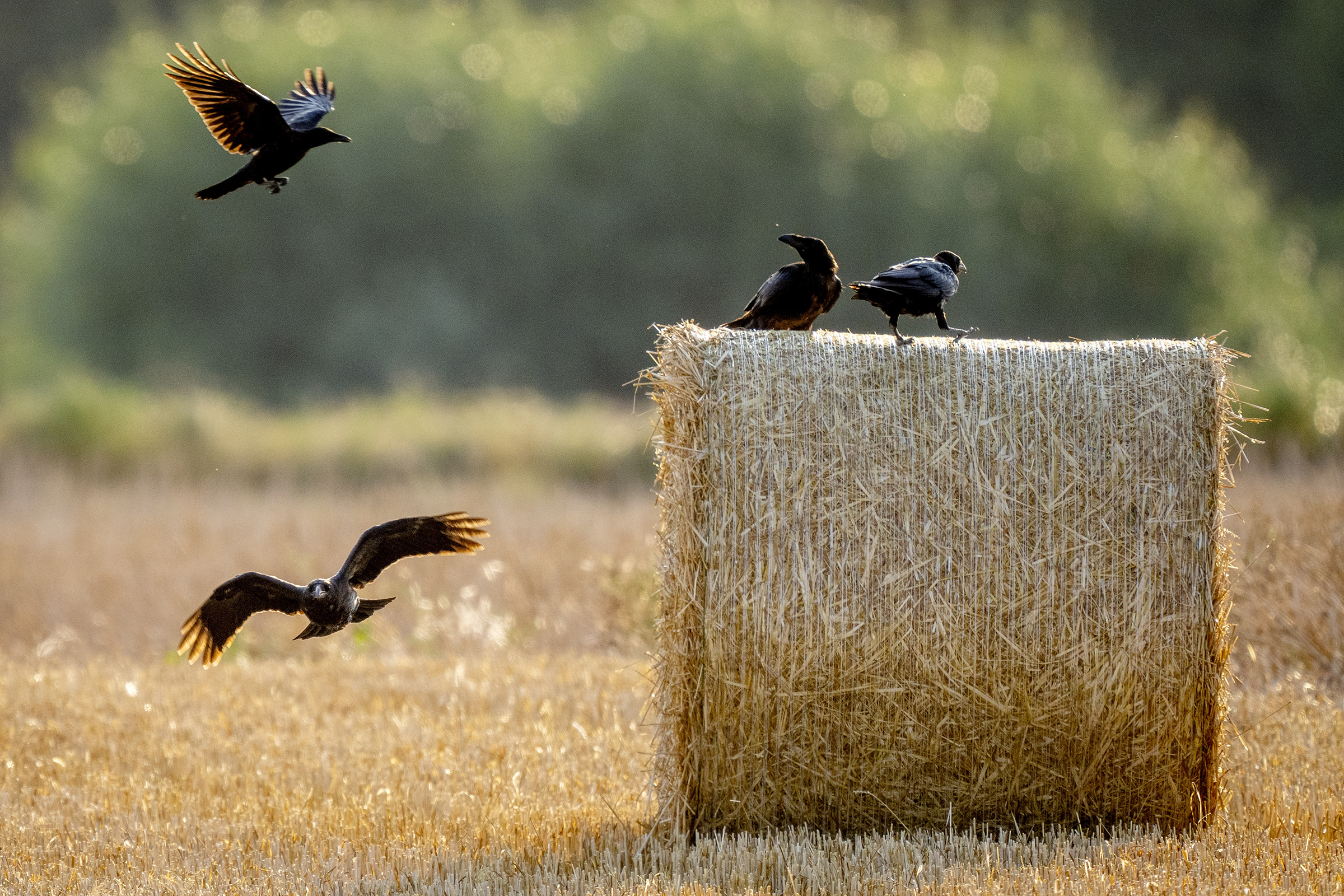Those of you who have vegetable gardens are probably enjoying them by now. Depending on where you are and how early you planted, the produce you could be eating includes beans, corn and, to me the best of all, 'maters (tomatoes).
A big, ripe homegrown tomato is the source of what may be the best thing about summer: a big, fat tomato sandwich.
The elemental tomato sandwich is elegant and absolutely delicious in its simplicity: a thick slice (or two) of the aforementioned tomato on the bread of your choice (don't get too fancy), a generous smear of mayonnaise (Duke's brand, don't even argue about this), pepper and salt (enough to make your doctor cringe). Slap it together and wolf the sandwich down, knowing you are going to make another.
I didn't grow up on a farm, but I have been around a lot of them and the associated gardens, and all of this I'm sure had a bearing on my largely misspent youth. When I was a kid, we had a very modest vegetable garden in the backyard, which seemed huge compared to today, and I'm sure my parents wanted to save some money by raising some of our food.
A staple in our garden was, of course, green beans. Now, from my youth, I have liked green beans as long as they are prepared the correct way, which involves either slow or pressure cooking with copious amounts of bacon or other pork fat. When you start talking about other recipes involving steaming a green bean, or worse, some kind of casserole, I'm out.
Those who didn't have farms and gardens in their formative years may not realize that a big part of raising a good garden is pest control, and not just the insect kind. Various critters in the wild are very interested in sharing your garden, and in fact will destroy it if left unchecked. In my area the groundhog (woodchuck) was usually the chief culprit in raiding gardens, with maybe the crow being second. Cute little bunny rabbits can also be quite destructive when the garden plants are small.
The need to remove various critters from a farm or garden was a job made for a young hunter like me who wanted to spend most of my time outdoors doing something associated with hunting and firearms. The real hunting seasons were not in during the summer, but it was open season on various varmints such as groundhogs, crows and other birds that were considered pests, including the starling or English sparrow.
Now you must remember that the gardens I am talking about were kept by folks in the country who depended on the garden for a lot of their food supply. They ate fresh vegetables in season, but most of the produce was stored in the form of canning with Mason jars and pressure canners, and these people were serious about it. Anything that took away from the yield of their garden was a threat to them and their family having enough beans, corn, tomatoes and other items to make it through the winter. A groundhog living next to the garden had to go, and I mean now.
As I said before, this was made to order for a wayward youth like me as I could guard the gardens for some of the farms I knew. A lot of this was done at relatively short range, and I often used a .22 rifle, usually my dad's old Remington Model 34 bolt-action rifle with an ancient half-inch Weaver scope tube. The rifle and scope were dated even then, but it didn't bother me one bit. This rig was deadly accurate at 50 yards and beyond, and most of the garden raiders I came across paid for their transgressions.
If the range was going to be longer, as in for groundhogs burrowing in a hay meadow, in later years I would employ the .22/250 rifle in the form of a Remington 700 Varmint Special with a heavy barrel. Dad put a Weaver 12X fixed power scope on this rifle when he bought it, and it is still on there today.
I'm not sure why he went with that scope at the time; some would call it an odd choice. He was running with a fast crowd of varmint hunters at the time, and many shot a custom .220 Swift with long Unertl scopes. The Unertl scopes were standard for many varmint hunters at the time, and Unertl became famous for the fixed 10X power scopes used on the M40 sniper rifle. This rifle was used by no less than renowned Marine Corps scout sniper Carlos Hathcock during the Vietnam War.
By today's standards, the Remington .22/250 and the old Weaver scope may seem a little dated, but remember this was 50 years (and more) ago, so back then it was pretty hot stuff.
One the other end of the spectrum for the garden work was the shotgun, especially if you had a lot of crow problems.
Flying targets called for a shotgun, of course, but I was always amazed with one self-reliant farmer I knew. He took care of all problems with a Winchester Model 12 shotgun and didn't see the need for anything else. The Model 12 he owned even at this time had been around for many years (they came out in 1912), and he used it like a tool around the farm. If I remember correctly, he didn't even keep it in the house, but rather would go to the corn crib and grab it from behind the door. The shotgun was not exactly in pristine condition, as you may have suspected, but it still functioned without a hitch as I recall.
Maybe some of you out there have some similar garden pest problems you recall.
Now go get a couple homegrown tomatoes from your garden, or from that produce stand down the road. Stop and get some Duke's mayo if you are out, then have that 'mater sammich (sandwich). Don't forget lots of salt and pepper.
"Guns & Cornbread" is written by Larry Case, who lives in Fayette County, W.Va. You can write to him at larryocase3@gmail.com.

